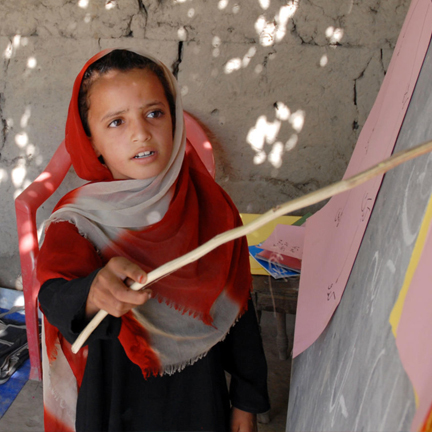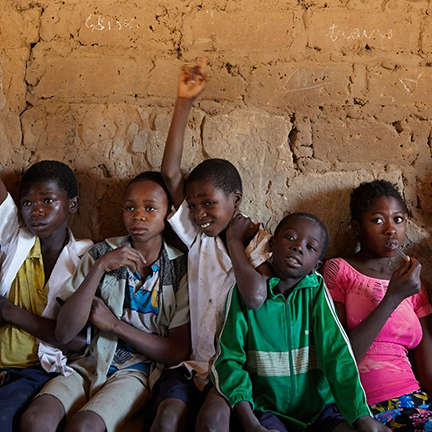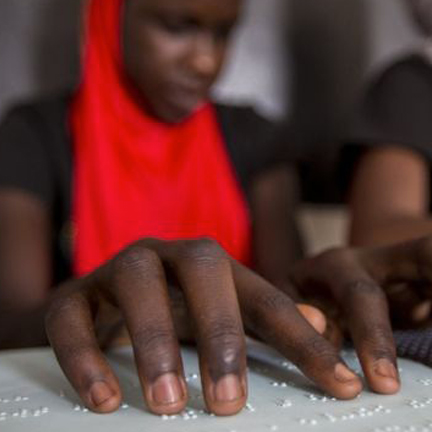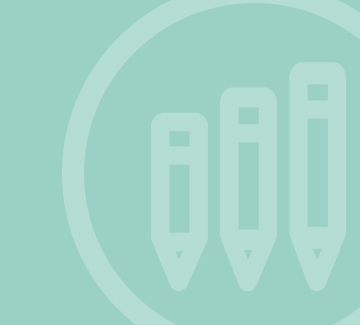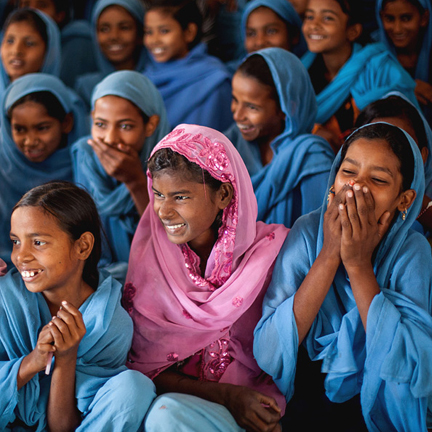Ensure Equitable and Quality Education at All Levels
Give girls and women the chance to learn, and they will deliver more equitable, healthy, and prosperous societies.
Educating girls and women is a powerful investment that benefits both individuals and society by unlocking the potential to improve health, nutrition, social justice, democracy, human rights, social cohesion, and economic prosperity for current and future generations.
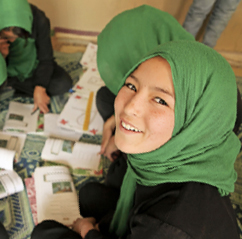
Need Evidence
and Strategies?
-

Girls are 1.5 times more likely than boys to be denied their right to a primary education
-
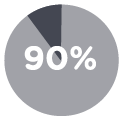
40% of children living with disabilities in developing countries do not attend school
-
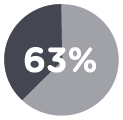
63% of illiterate adults are women
-

Women with secondary education can earn nearly two times more income than women with no education
-

Women who are better educated have fewer unplanned children, are less likely to marry early, and are more likely to drive national economic growth
Investing in girls and women creates a ripple effect that yields multiple benefits, not only for individual women, but also for families, communities, and countries. Given the transformative power it has on society, the education of girls and women is a cost-effective investment. A one-year increase in girls’ education is associated with a 6.5–9.9% reduction in child mortality. Educating women helps break intergenerational poverty. Women who are better educated have fewer unplanned children, marry later, and drive national economic growth.
Solutions in Action
-
Emergency Community Based Education Program in Afghanistan
Due to ongoing political unrest, many children in Afghanistan are unable to attend school. And given cultural norms that prohibit girls from traveling alone, school enrollment rates among girls are lower than among boys due to distances between home and school. Yet in northwestern Afghanistan, the Emergency Community Based Education program — a joint initiative by USAID and the Afghan Ministry of Education — helped close the gender gap in remote communities. Through this intervention, communities provided the school space while the program partners delivered educational materials and teacher training. It succeeded in increasing girls’ enrollment by approximately 50%. -
Improving Access to Education for Out-of-School Children (OOSC)-Sudan
Largely due to a turbulent history of political conflict and poverty, Sudan has the highest rate of out of school children in Northern Africa. Nearly 3 million Sudanese children are missing out on basic education. The UNICEF-supported Improving Access to Education for OOSC-Sudan project provides direct support to 600,000 children who are out of school or at risk of leaving. The project targets vulnerable populations, including girls, nomadic groups, children with special needs, and children affected by poverty and conflict. Through a three-pronged approach, it encourages children aged six to nine to enroll directly into the formal education system; offers an Alternative Learning Program (ALP) curriculum for older children; rehabilitates classrooms to include WASH facilities; and provides teaching and learning materials. -
-
Specialist Support from Traveling Teachers in Uganda
Facilitating inclusion in the classroom is critical to ensuring that all children with disabilities realize their right to a quality education. To make classrooms more accessible for disabled children in Uganda, the non-profit Sightsavers trains teachers who travel around the country to help children with disabilities transition to a school environment. Traveling Teachers support inclusive classrooms in a variety of ways. For example, they find children with disabilities who are not in school and work with their families and communities to ensure they are found a place. They also visit children at home to help prepare them for school, for instance, by teaching Braille. -
WASH in Schools Supports Healthier Schools and Healthier Children
Schooling conditions can greatly affect the health and wellbeing of school-aged children. In recent years, the global partnership WASH in Schools has been advocating for schools to provide safe and drinkable water, improved sanitation facilities, and hygiene education that creates healthy habits for a lifetime. WASH in schools is important for adolescent girls who often miss school due to conditions that make menstrual hygiene management difficult, which is detrimental to their education progress. More research is needed to estimate the broad benefits that improved access to water and sanitation has on absenteeism among girls, but it is clear that the ability to manage menstruation safely and in privacy significantly improves their quality of life and confidence. A recent qualitative study conducted by UNICEF in Yatra, India (Maharastra province) revealed successful approaches – including small group sessions, data collection, and visual aids – to breaking the silence and taboos around menstruation, hygiene management, and safe solutions to reuse and dispose of menstrual waste.
Policy Asks
-
Create and enforce legislation, policies, plans, and budgets that promote gender equality in and through education at all levels, including legislation for compulsory 12 years of free, safe, gender-responsive quality schooling.
-
Reduce or eliminate the direct and indirect costs of schooling placed on families and communities across all levels of education.
-
Work with young people, families, faith groups, and communities to raise awareness on the importance of educating girls and to change harmful gender norms.
-
Ensure gender-responsive education systems, which remove gender bias from curriculum, textbooks and pedagogy, as well as safe transportation, safe environments in schools, and appropriate water and sanitation infrastructure, such as menstrual hygiene management facilities and products.
-
Scale up education initiatives that focus on out-of-school children and children with limited access to education, including children living with disabilities and indigenous people.
-
Ensure the provision of comprehensive sexuality education that aligns with the UN’s 2018 International Technical Guidance on Sexuality Education implemented fully in schools and out-of-schools.
-
Invest in provisions that protect girls’ access to education and skills-building opportunities in humanitarian and conflict settings.
-
Invest in programs offering girls and women marketable skills through internships, apprenticeships, mentoring programs, and training opportunities.
Partner Resources
-
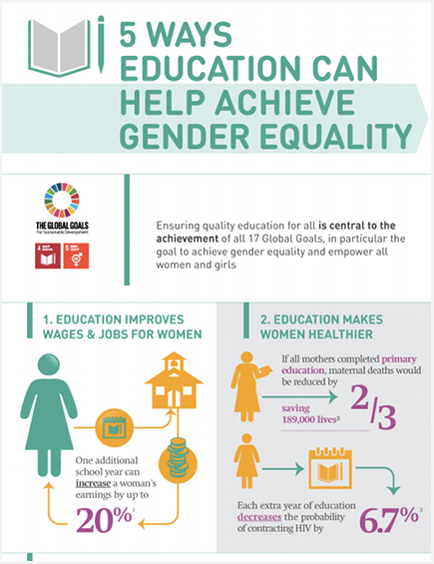
Global Partnership for Education Infographic: 5 Ways Education can Help Achieve Gender Equality
This new infographic from GPE shows how quality education for all is crucial to the achieving all 17 of the Sustainable Development Goals.
-
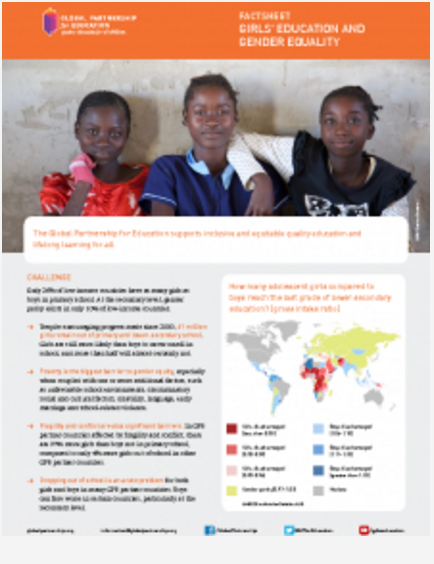
Global Partnership for Education: Fact Sheet on Girls' Education and Gender Equality
Learn the benefits of investing in gender equality, how GPE supports inclusive and equitable quality education, as well as the results it has achieved
-
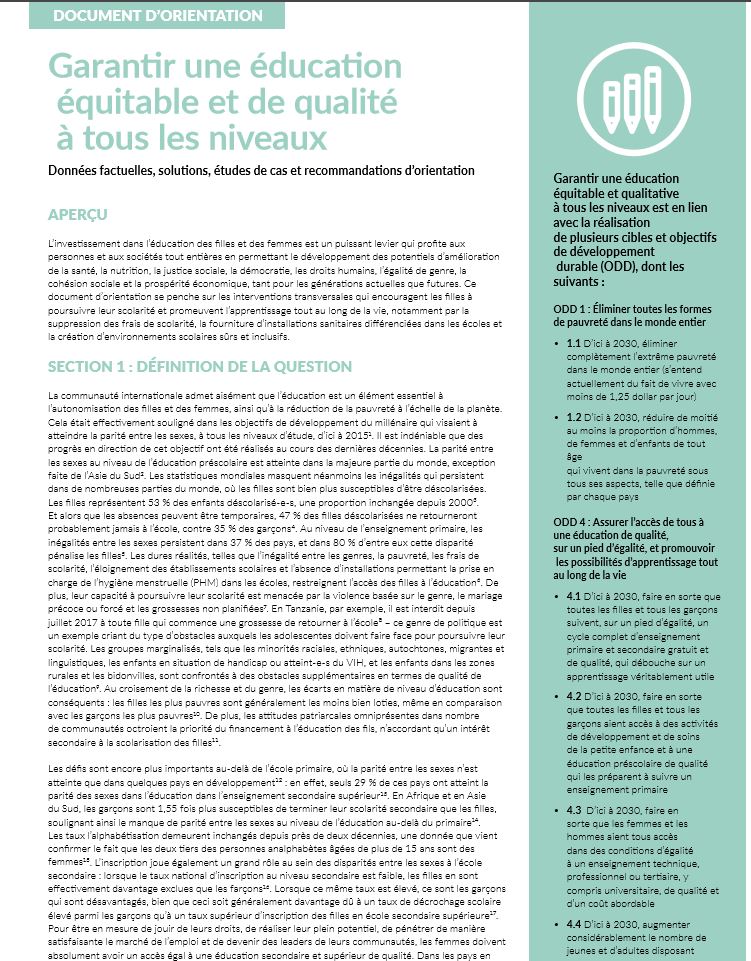
Document D’Orientation: Garantir une éducation équitable et qualitativé à tous les niveaux
Ce document d’orientation se penche sur les interventions transversales qui encouragent les filles à poursuivre leur scolarité.
-
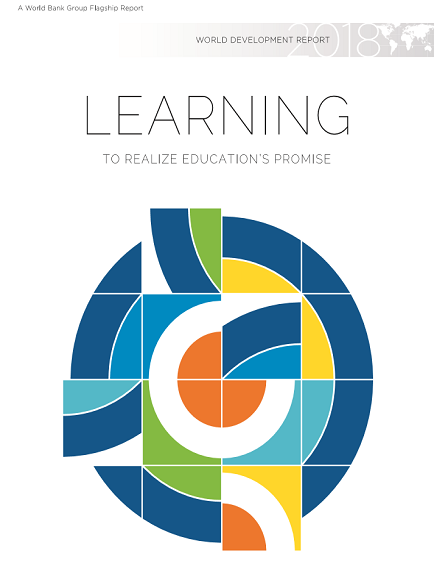
The World Bank's 2018 World Development Report: Learning to Realize Education's Promise
This report explores four main themes: education’s promise, the learning crisis, promising interventions to improve learning, and learning at scale.

